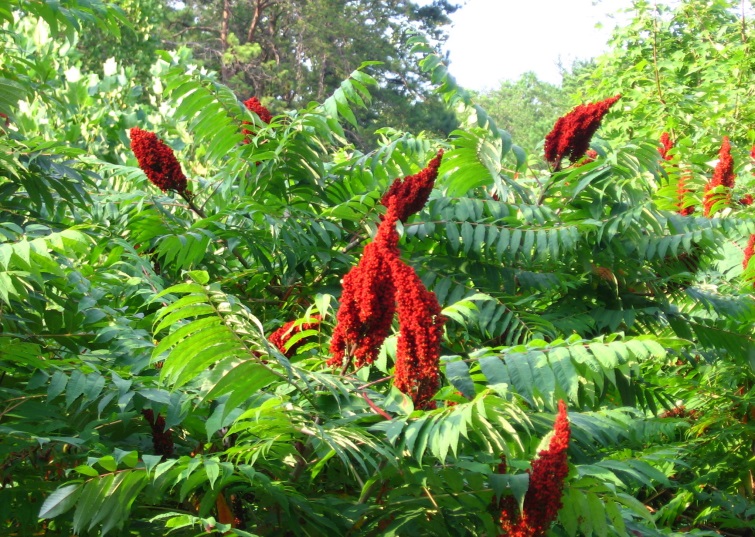Natural Highlights: Blue Sucker

%20-%20upload.wikimedia.org.avif)
While many of the most sensitive aquatic species in the Wolf River watershed occur in the pristine upper reaches of the river and its tributaries, there is one rare fish species – the Blue Sucker – that prefers the lower Wolf River near its confluence with the Mississippi, the site of our recent World Water Day cleanup. The Blue Sucker (Cycleptus elongatus) is a member of the Catostomidae, a family of fishes with specialized fleshy mouths for vacuuming aquatic insects, crustaceans, algae and plant matter from the bottoms of rivers. Its name derives from the blue or black color of the males during breeding season, though color is variable at other times, from steel-gray to olive green. An elongated, streamlined fish, the Blue Sucker has a small head tapering to a fleshy snout with its odd mouth underneath.
Listed as a threatened species by the state of Tennessee, the Blue Sucker is widespread throughout the Mississippi River drainage, occurring in the Cumberland and Tennessee rivers in addition to the Mississippi, and in the lower parts of large tributaries such as the Wolf River. It prefers deep, swift water in channels of large rivers with sand, gravel, or rubble bottoms, and, though widespread, it is rare and considered vulnerable throughout its range. It was once abundant and sought after by commercial fisherman in the 1800’s, but extensive changes to its river habitat from pollution, siltation, dredging, filling of channels, and dams likely caused its decline. Adults seek out clean gravel, rocks or sand in deep fast water for spawning, while the hatchlings and juveniles find safety in quiet side channels and backwaters. Blue Suckers are extremely sensitive to pollution, siltation, and altered currents, and they often migrate to find appropriate spawning conditions. Dams can block spawning migrations, silt creates unhealthy bottom conditions, pollution kills or sickens.
And yet, the Blue Sucker has managed to persist, including in the lower Wolf River. Our continuing efforts to protect wetlands and water quality in the watershed – including the recent volunteer World Water Day cleanup at Mud Island - can only help this rare fish to hang on and one day, perhaps, to thrive again.
While many of the most sensitive aquatic species in the Wolf River watershed occur in the pristine upper reaches of the river and its tributaries, there is one rare fish species – the Blue Sucker

%20-%20upload.wikimedia.org.avif)




.jpg)




